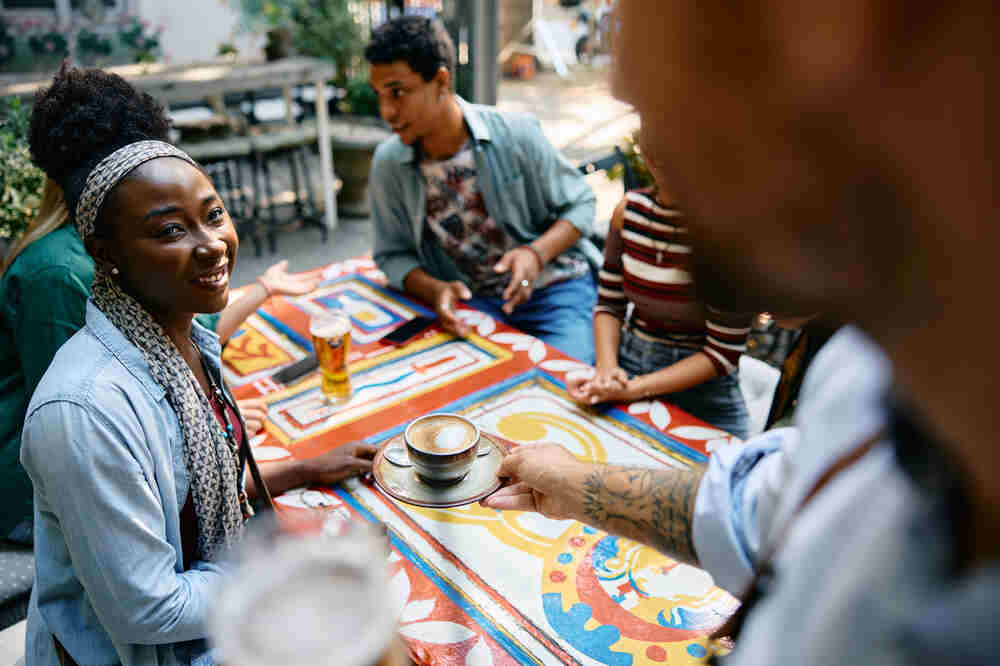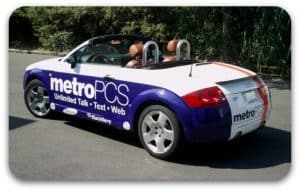In today’s competitive dining landscape, where customer attention is fleeting and profit margins are thin, smart marketers are rethinking how they reach audiences inside restaurants. One approach stands out for its ability to influence purchasing behavior directly at the point of decision: restaurant table top advertising.
Unlike traditional OOH media or digital banners that compete with a sea of distractions, restaurant table top ads offer high dwell time, intimate exposure, and a prime opportunity to increase average check value. In this blog, we’ll explore the psychology behind table top advertising, its impact on dwell time, and how it encourages customers to spend more—all with real-world insights and actionable strategies for marketing professionals.
Why Restaurant Table Top Advertising Works
Restaurant environments are naturally designed for engagement. Diners sit for extended periods, their phones are often down, and their attention is semi-directed—perfect conditions for effective advertising.
Key Benefits of Restaurant Table Top Ads:
Guaranteed visibility: Every customer sees the ad.
Prolonged exposure: Ads remain in front of the audience throughout the entire meal.
Increased receptiveness: Dining is a relaxed, social experience—ideal for influencing decisions.
These factors position restaurant table top advertising as one of the few media channels where marketers can deliver a message at the exact moment customers are ready to act.
Restaurant Table Top Advertising and Customer Dwell Time
How Dwell Time Influences Ad Impact
Dwell time refers to the amount of time a customer remains in a given environment. The longer they sit, the more impressions the ad delivers—and the more likely it is to affect behavior.
According to a report by Nielsen, OOH ads in dining spaces have a recall rate of over 55%, largely due to uninterrupted viewing and repeated exposure. In the case of restaurant table top ads, the consistent presence of a message during a meal leads to subconscious reinforcement and higher brand recall.
Dwell Time = More Opportunities to Upsell
Whether diners are waiting for their meals, enjoying dessert, or sipping their drinks, table top ads serve as a constant prompt for additional purchases.
Example:
A restaurant table top ad for a featured cocktail may influence a second round.
A dessert promo placed on the table increases impulse ordering by up to 18%, according to internal studies from chain restaurants like Chili’s.
Upsell Psychology in Restaurant Table Top Ads
The goal of any upsell tactic is to encourage customers to spend more than they initially planned. Table top ads excel in this area by targeting customers at their most suggestible moment—when they’re already in a spending mindset.
Visual Cues Trigger Cravings
Bright, appealing images of food or drinks can stimulate appetite and desire, leading to add-on purchases. Research shows that visually driven table top ads can trigger spontaneous cravings, especially for desserts, beverages, and limited-time items.
Anchoring Higher-Value Items
Restaurant table top advertising is effective at anchoring premium options. By presenting a $12 appetizer prominently, a $7 one on the menu seems like a bargain—nudging diners toward more expensive choices without pressure.
Social Proof Increases Action
When restaurant table top ads include phrases like “most ordered” or “customer favorite,” they activate social proof bias. Diners tend to follow what others do, especially in group settings.
Restaurant Table Top Advertising: Best Practices to Maximize Dwell Time and Sales
Use Time-Responsive Offers
Craft ads that align with dining moments:
Early meal: Promote drinks or appetizers.
Mid-meal: Suggest add-ons or upsized items.
End of meal: Feature desserts, loyalty programs, or take-home items.
Design for Quick Consumption
While exposure time is long, attention spans are short. Restaurant table top ads should feature:
Large, high-quality visuals
Minimal copy (ideally 5–7 words for headlines)
A clear call-to-action (e.g., “Ask your server” or “Scan for a deal”)
Leverage QR Codes for Interaction
Adding a QR code to your restaurant table top ad bridges the physical and digital. Diners can:
Redeem a promo instantly
View a video or digital menu
Enter a contest or join a rewards program
QR interactions also allow for tracking and ROI measurement, giving marketers hard data on campaign effectiveness.
Real-World Example: Coffee Chain Increases Upsells by 22%
A national coffee chain piloted a restaurant table top advertising campaign promoting seasonal lattes and breakfast sandwiches. By placing mini table tents in-store and pairing them with a mobile coupon QR code, they saw:
A 22% increase in upsells during breakfast hours
15,000 QR scans over 4 weeks
A 4.6x ROI on the campaign spend
This case illustrates how simple, strategically placed restaurant table top ads can generate measurable sales lifts when tied to customer timing and intent.
Who Benefits Most from Restaurant Table Top Advertising?
Food & Beverage Brands
Beverage companies, snack brands, and dessert makers can directly influence diners when tastebuds are activated.
Local Businesses
Dentists, gyms, or auto repair shops can reach nearby customers through restaurant table top ads in family restaurants or casual diners.
Entertainment and Streaming Services
QR codes linking to trailers or exclusive content keep customers entertained—and convert curiosity into subscriptions.
Measuring Success: Key Metrics for Restaurant Table Top Ad Campaigns
Scan rates (QR or promo codes); Redemption rates for promotions; Increase in average order value; Menu item sales uplift; Dwell time tracked via POS or in-store analytics






